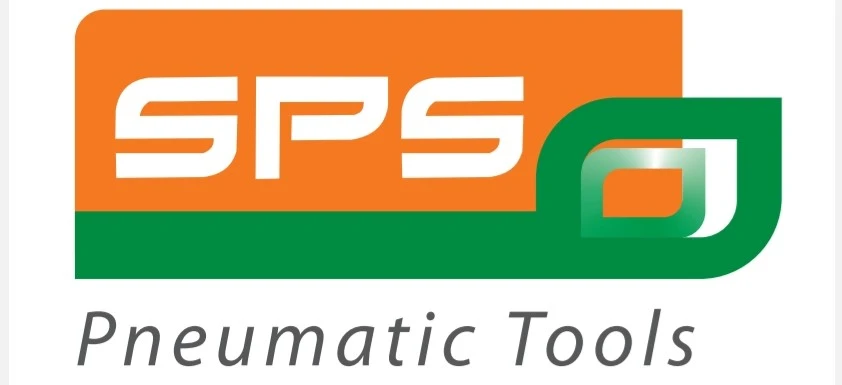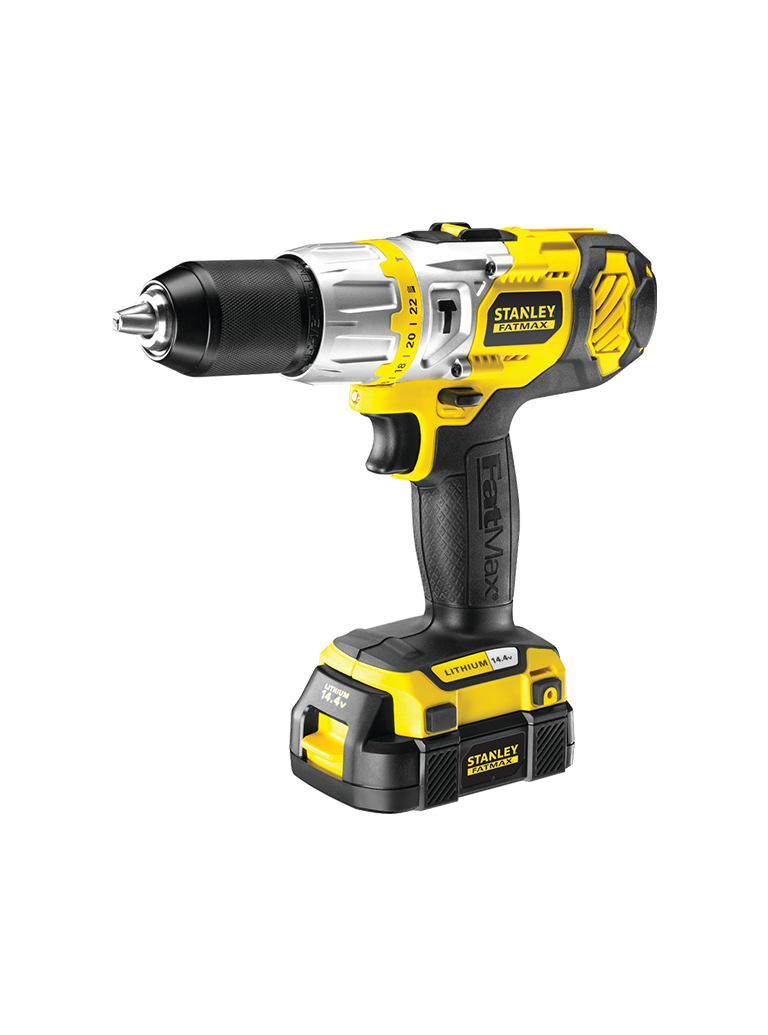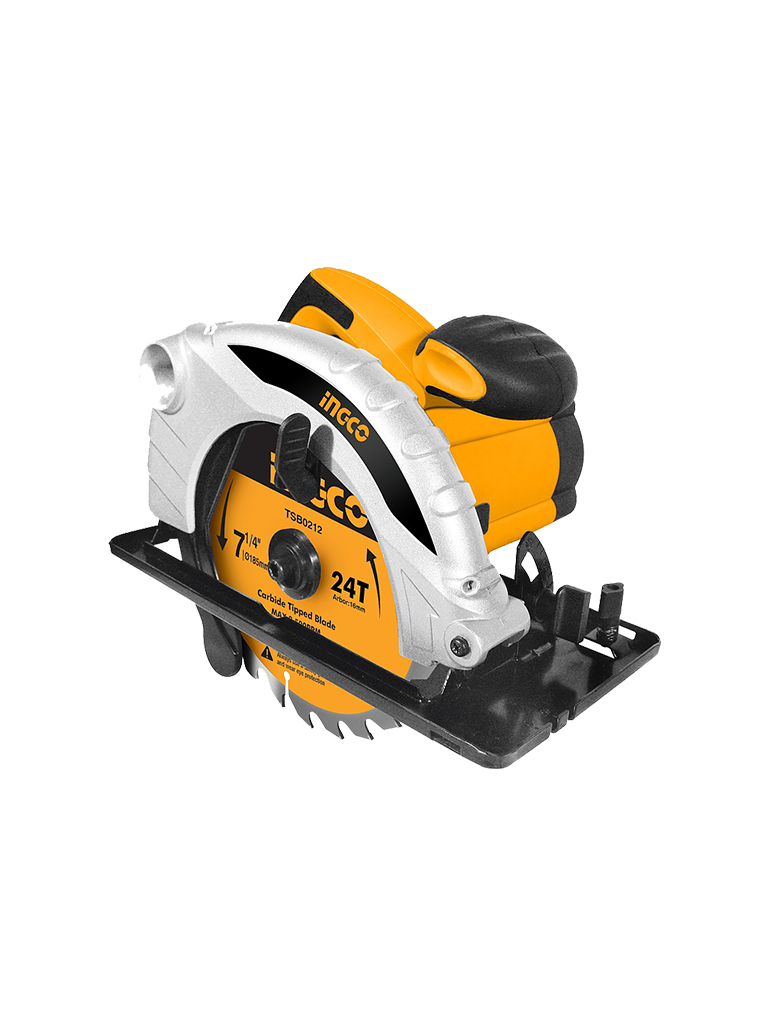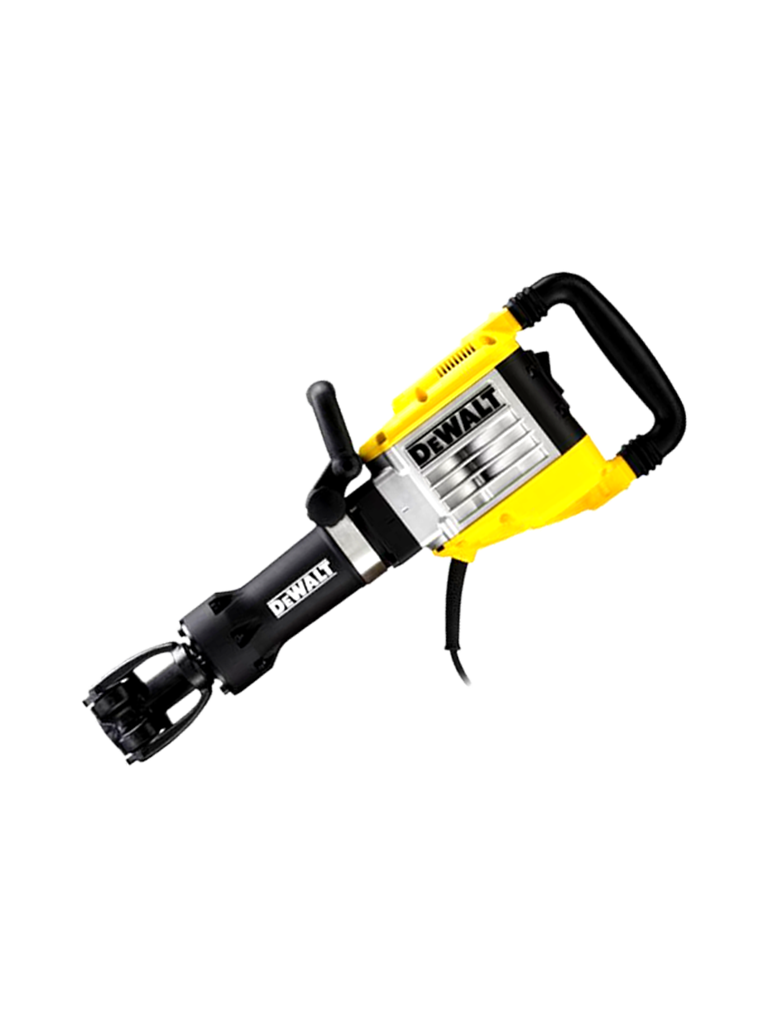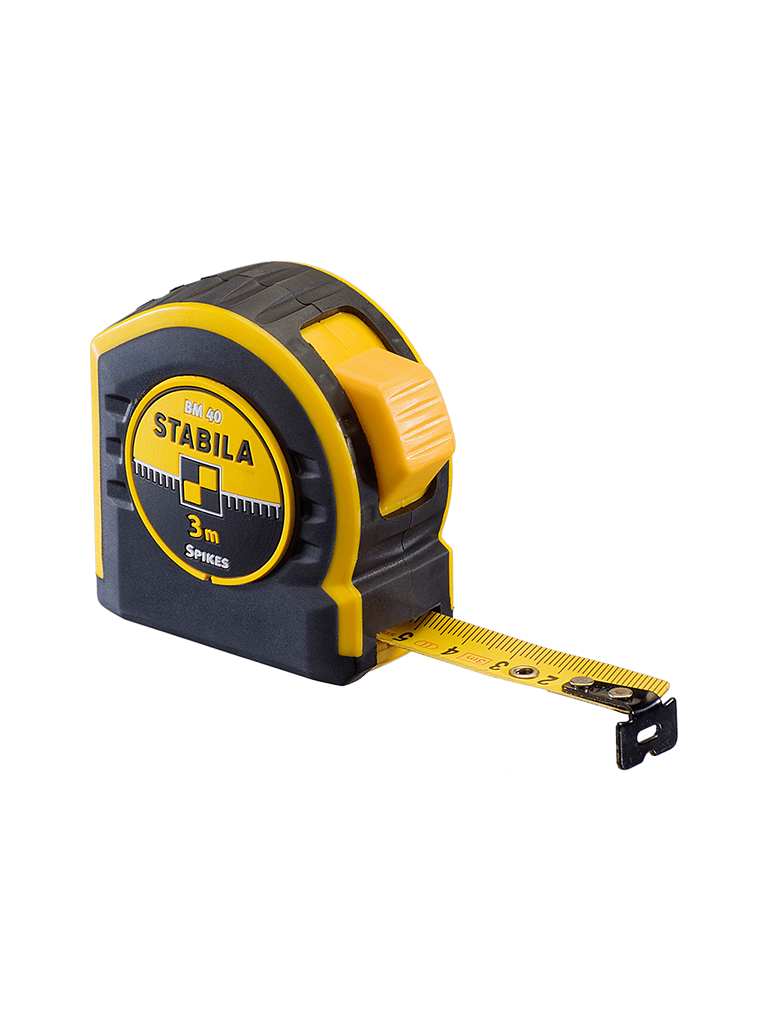Introduction
Pneumatic technology has always been a cornerstone of industries like manufacturing, construction, and healthcare. Its ability to provide reliable, efficient, and safe solutions has made it indispensable. As we move into 2025, the technology is evolving rapidly, offering smarter, greener, and more efficient tools. In this blog, we’ll explore the trends shaping the future of pneumatics and how SPS Pneumatic Tools can help your business stay ahead.
Why Pneumatics Matter
Pneumatic systems rely on compressed air to operate tools and equipment. They’re popular for their simplicity and versatility. Here’s why they continue to play a vital role:
- Durability: Pneumatic tools are designed to withstand heavy use.
- Efficiency: They provide consistent performance for demanding tasks.
- Safety: They’re safer to use in environments with flammable materials.
- Eco-Friendly: New designs help reduce energy consumption and minimize waste.
For businesses aiming to improve operations, pneumatic systems remain a reliable choice.
Top Trends in Pneumatic Technology for 2025
Here are the most exciting advancements to look forward to this year.
1. IoT and Smart Tools
The integration of IoT (Internet of Things) is transforming how pneumatic systems operate. Modern tools now come with sensors that provide real-time data, making maintenance and monitoring much easier. Key features include:
- Real-Time Monitoring: Instantly detect pressure drops or air leaks.
- Remote Access: Manage systems from mobile devices or computers.
- Predictive Maintenance: Identify and resolve potential issues before they escalate.
These features help reduce downtime and improve productivity, ensuring your tools are always in top condition.
2. Energy Efficiency
With rising energy costs, businesses are focusing on systems that consume less power. Pneumatic tools in 2025 are built to address this need:
- Advanced Compressors: New designs improve energy efficiency.
- Air Leakage Control: Tools that minimize air loss during operation.
- Energy Recycling: Recover and reuse unused compressed air.
If you’re looking to upgrade to energy-efficient tools, visit SPS Pneumatic Tools.
3. Lightweight and Compact Designs
Modern pneumatic tools are becoming more user-friendly, focusing on comfort and ease of use. Advancements include:
- Ergonomic Handles: Designed to reduce strain during prolonged use.
- Lighter Materials: Tools made with lightweight metals for easier handling.
- Compact Designs: Ideal for confined or hard-to-reach spaces.
These changes enhance worker efficiency and reduce fatigue.
4. Automation and Robotics
Automation continues to revolutionize industries, and pneumatics play a critical role. Pneumatic systems are being used in:
- Robotic Arms: For precise tasks on assembly lines.
- Collaborative Robots: Robots that work safely alongside humans.
- Custom Automated Systems: Tailored solutions for specific industrial needs.
5. Enhanced Safety Features
Safety improvements are a priority for pneumatic systems. New tools come with features like:
- Automatic Shut-Offs: Prevent over-pressurization.
- Noise Reduction: Tools designed to operate more quietly.
- Fail-Safe Mechanisms: Systems that maintain safety even during unexpected failures.
6. Modular Systems
Pneumatic tools are increasingly modular, allowing businesses to customize systems as needed. Benefits include:
- Flexibility: Add or remove components easily.
- Cost Savings: Replace only specific parts instead of entire systems.
- Simplified Maintenance: Easier to repair and upgrade.
Quick Overview: Trends to Watch
| Trend | Features | Benefits |
|---|---|---|
| Smart Tools with IoT | Real-time data and remote management. | Prevent breakdowns, improve efficiency. |
| Energy Efficiency | Advanced compressors, reduced air leaks. | Lower energy bills, eco-friendly. |
| Compact Designs | Lightweight materials, ergonomic builds. | Easier to handle, worker comfort. |
| Automation and Robotics | Robotic arms, collaborative robots. | Faster, precise operations. |
| Enhanced Safety | Noise reduction, fail-safe systems. | Safer workplaces, fewer risks. |
| Modular Systems | Customizable, flexible components. | Easier upgrades and repairs. |
Industries That Rely on Pneumatics
Pneumatic systems are vital across various industries. Here are some examples:
- Manufacturing: Used in assembly lines and precision tools.
- Construction: Durable tools for heavy-duty applications.
- Healthcare: Powering medical devices like ventilators.
- Transportation: Systems for braking and vehicle controls.
- Energy Sector: Tools for eco-friendly power generation.
What’s Next?
The advancements in 2025 mark a turning point for pneumatic technology. Future developments could include AI integration, even more durable materials, and smarter energy solutions. Businesses can rely on providers like SPS Pneumatic Tools to stay ahead of these changes.
Conclusion
Pneumatic technology is evolving to meet the needs of modern industries. Trends like IoT, energy efficiency, and modular designs are making tools smarter and more cost-effective. Partner with SPS Pneumatic Tools for innovative solutions that keep your operations running smoothly. Check out their website to explore their products and services today.
